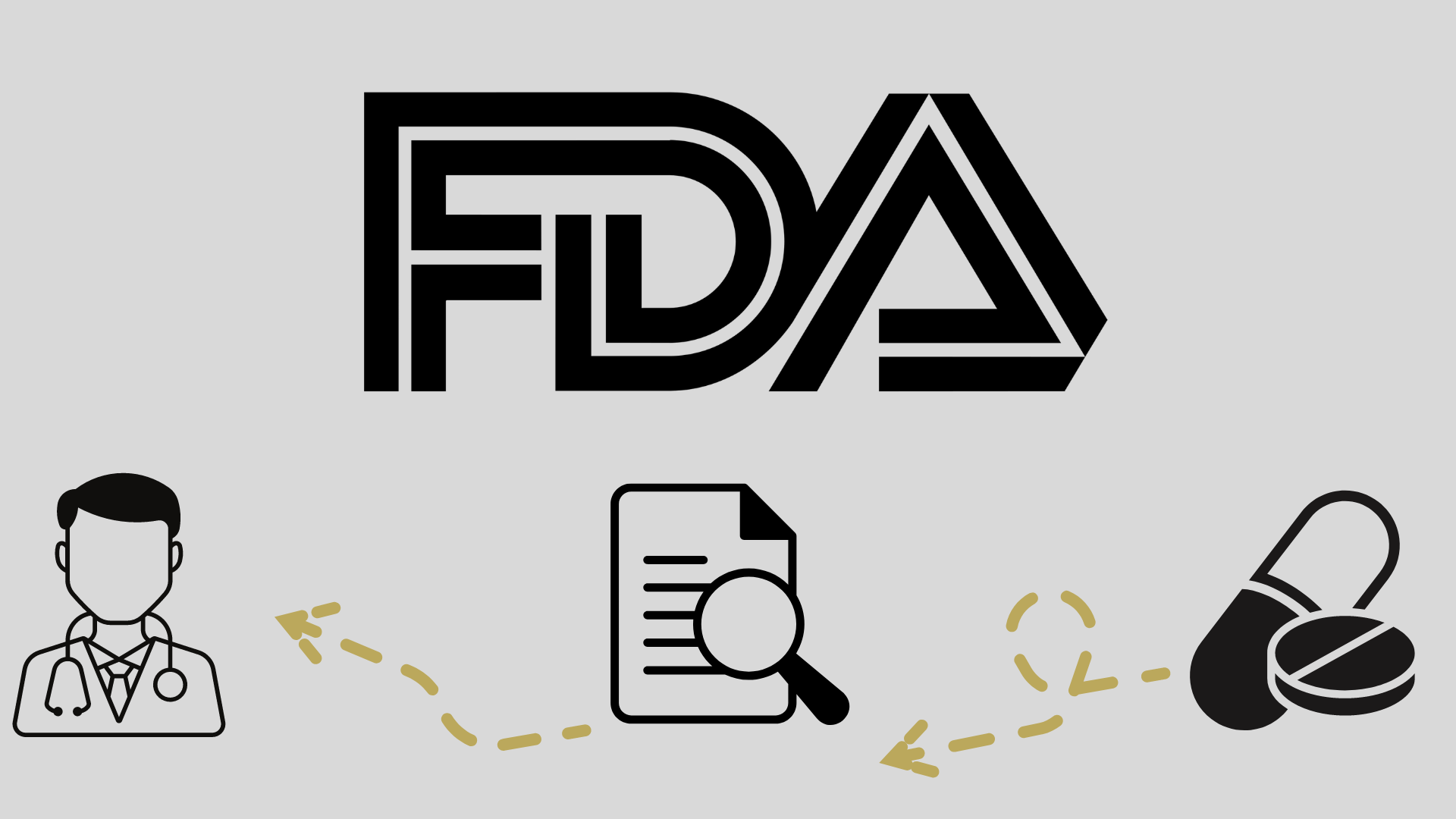
FDA Approves Amivantamab/Chemo in Advanced EGFR Exon20Ins Mut+ NSCLC

Amivantamab plus carboplatin and pemetrexed is now an approved first-line treatment for patients with EGFR exon 20 insertion mutation-positive non-small cell lung cancer.
- Amivantamab-vmjw (Rybrevant) is now an FDA-approved treatment option for patients with EGFR exon 20 insertion mutation-positive non-small cell lung cancer (NSCLC).
- Findings from the phase 3 PAPILLON trial (NCT04538664) support this regulatory decision.
- In the trial, amivantamab with carboplatin and pemetrexed showed a statistically significant improvement in progression-free survival (PFS) vs carboplatin and pemetrexed.
The FDA has approved amivantamab with carboplatin and pemetrexed as a first-line treatment in patients with EGFR exon 20 insertion mutation-positive NSCLC.1
This approval is supported by findings from the
For safety, the most common adverse events (AEs; ≥20%) observed with the combination included rash, nail toxicity, stomatitis, infusion-related reaction, fatigue, edema, constipation, decreased appetite, nausea, COVID-19, diarrhea, and vomiting.
“Bringing amivantamab upfront with chemotherapy for EGFR exon 20 insertions may change the standard-of-care,” Jonathan W. Riess, MD, medical director of thoracic oncology, University of California, Davis Comprehensive Cancer Center,
In addition, the FDA granted traditional approval to amivantamabfor the treatment of adult patients with locally advanced or metastatic NSCLC with EGFR exon 20 insertion mutations, as detected by an FDA-approved test, whose disease has progressed on or after platinum-based chemotherapy.
About the PAPILLON Trial
The phase 3 PAPILLON trial randomized 308 patients with EGFR exon 20 insertion mutations to receive either amivantamab with or without carboplatin and pemetrexed. The primary end point was PFS assessed by blinded independent central review. OS was the key secondary end point.1 Other secondary end points included included objective response rate, duration of response, PFS after first subsequent therapy, time to symptomatic progression, intracranial PFS, and incidence and severity of AEs.2
Patients were eligible to enroll in the trial if they had histologically or cytologically confirmed locally advanced or metastatic NSCLC with primary EGFR exon 20 insertion activating mutation, had an ECOG performance status of 0 or 1, and agreed to genetic characterization of tumor status. Women of childbearing potential must have had a negative pregnancy test within 72 hours of the first study dose and agree to further serum or urine pregnancy tests during the study.
Patients were ineligible for enrollment if they had evidence of synchronous NSCLC disease, untreated brain metastases, history of spinal cord compression, history of interstitial lung disease, contraindication to carboplatin or pemetrexed, or a hypersensitivity to vitamin B12 or folic acid.
According to the press release from the FDA, the recommended dose of amivantamab is based on body weight.1








































